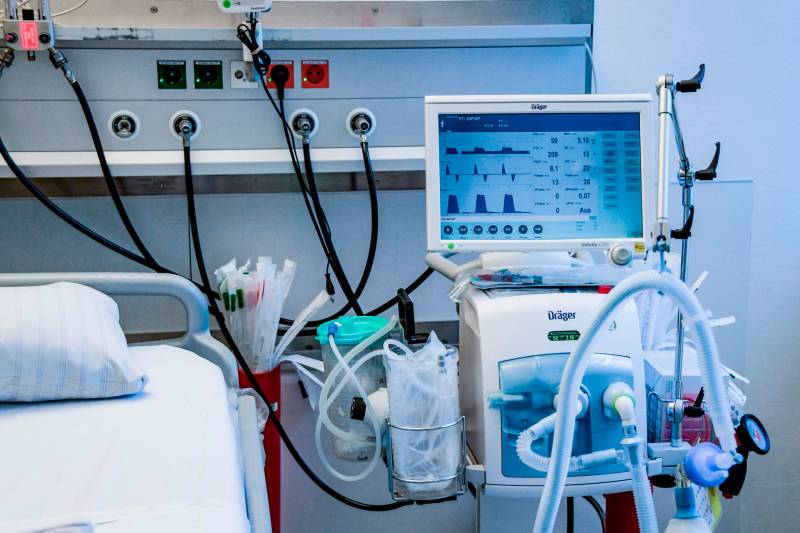“So that no individual doctors or providers are making decisions about rationing, in the middle of the night, alone,” Taylor says, “both because it takes the moral distress off of the individual and also because it decreases the possibility of bias taking place.”
The U.S. ventilator supply was already limited before the coronavirus began to spread, with 70% to 80% of them already being used for flu, cancer and other patients, says David Magnus, a biomedical ethics professor at Stanford University and a member of the ethics committee at Stanford Hospital.
“Then you have this thing that comes along that might double or triple the number that are needed,” he says.
The coronavirus attacks the lungs, making it very difficult to breathe for some patients. Magnus says clinical data indicates these patients need to be put on ventilators sooner in the disease process than flu patients, further straining the supply. Intubating earlier happens for two reasons. First, COVID-19 patients tend to “crash” quickly, and it appears they may need ventilators sooner to be effective. Second, other types of intermediary respiratory support that health care providers usually turn to before ventilators, like oxygen delivered through a nasal cannula, put health care workers at risk of getting sick.
“That is very dangerous for everybody in the environment because you’re essentially aerosolizing their droplets and shooting them up into the atmosphere,” Magnus says.
Magnus says we will very likely reach the point where ventilators need to be rationed. This is a difficult concept for Americans in the U.S. health care system, who are used to getting whatever care they ask for, even at the end of life, when drastic treatments will not help at all.
“If families tell us, ‘We’re not ready to stop yet,’ even though the chances of a good outcome are really terrible, we will put patients on ventilators, send them to the ICU and essentially prolong the dying process in ICUs often for days, or weeks, sometimes even for months,” Magnus says. “But in circumstances of extreme scarcity, then we don’t do that.”
